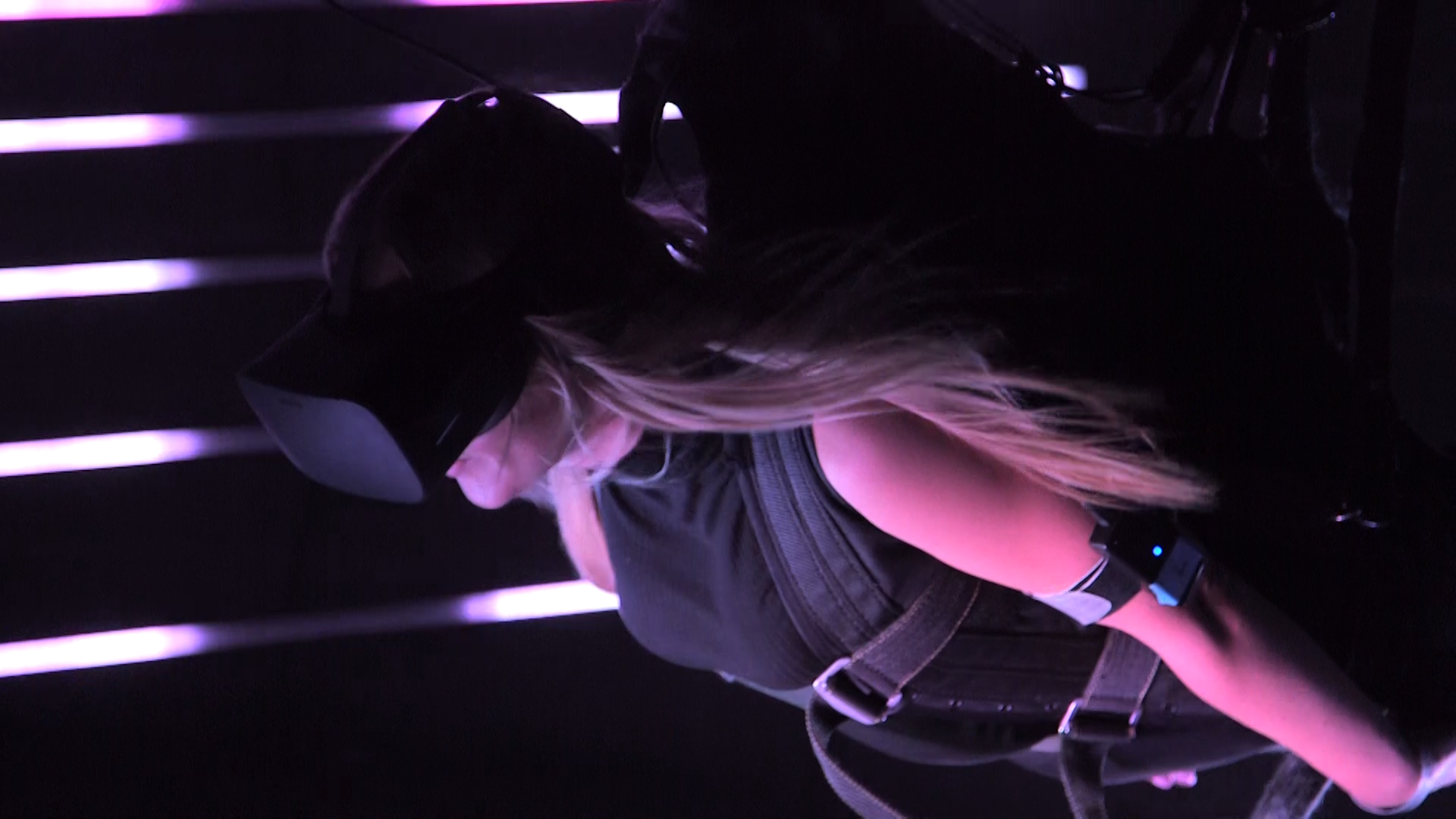
Even if you’ve barely paid attention, you likely know virtual reality (VR) is an emerging technology that doesn’t seem stoppable. As Oculus, HTC and others ready hardware for our new virtual world, the education and job space is likewise exploding. Treehouse, a leader in online-based tech education, recently
launched a VR Techdegree program. Set to debut in January 2017, the program will have students build
real virtual reality projects, leaving graduates with “a great portfolio of work and a massive head start on a new career.” Similarly, Udacity is announcing its own VR
degree program today. The VR Developer Nanodegree was designed in unison with Google to teach students how to build mobile and desktop VR experiences for the HTC Vive and Oculus Rift as well as Google’s Daydream and Cardboard platforms. And the jobs are there. Dice data shows that in July of this year, new listings for both VR and augmented reality (AR) jobs skyrocketed month-over-month from June, with a fivefold increase in new job listings. When compared to January of this year, June 2016 saw a 2.5x increase in new AR and VR jobs.

There’s no clear-cut reason for the increase, though. Oculus and HTC both released SDKs before July, and Daydream, announced in May, hasn’t been released (though it seems likely to launch soon enough). The major players seem to have had little impact so far. But mobile could be a key indicator that employers are getting serious about AR and VR. Pokemon Go launched in July, and the excitement was palpable; in its first month of existence, the game
reportedly made about $200 million. While the synergy with an existing, beloved brand had much to do with it, it’s safe to assume others will want a piece of AR's lucrative pie. It’s not all about gaming, either.
The New York Times has its own Cardboard-ready virtual
experience, which compliments its subscription service. While the
Times isn't charging for VR content, it’s easy to see a day when that type of monetization becomes standard. Its first foray into VR was a self-produced short film about the worldwide refugee crisis. While the technologies are very unique, the underpinnings of virtual and augmented reality are similar. Both require a strong knowledge of 360-degree environments, often through Unity. With a surge of options for learning the disciplines and the job market supporting it, now may be a great time to take your developer credentials from 2D to 3D.
 Even if you’ve barely paid attention, you likely know virtual reality (VR) is an emerging technology that doesn’t seem stoppable. As Oculus, HTC and others ready hardware for our new virtual world, the education and job space is likewise exploding. Treehouse, a leader in online-based tech education, recently launched a VR Techdegree program. Set to debut in January 2017, the program will have students build real virtual reality projects, leaving graduates with “a great portfolio of work and a massive head start on a new career.” Similarly, Udacity is announcing its own VR degree program today. The VR Developer Nanodegree was designed in unison with Google to teach students how to build mobile and desktop VR experiences for the HTC Vive and Oculus Rift as well as Google’s Daydream and Cardboard platforms. And the jobs are there. Dice data shows that in July of this year, new listings for both VR and augmented reality (AR) jobs skyrocketed month-over-month from June, with a fivefold increase in new job listings. When compared to January of this year, June 2016 saw a 2.5x increase in new AR and VR jobs.
Even if you’ve barely paid attention, you likely know virtual reality (VR) is an emerging technology that doesn’t seem stoppable. As Oculus, HTC and others ready hardware for our new virtual world, the education and job space is likewise exploding. Treehouse, a leader in online-based tech education, recently launched a VR Techdegree program. Set to debut in January 2017, the program will have students build real virtual reality projects, leaving graduates with “a great portfolio of work and a massive head start on a new career.” Similarly, Udacity is announcing its own VR degree program today. The VR Developer Nanodegree was designed in unison with Google to teach students how to build mobile and desktop VR experiences for the HTC Vive and Oculus Rift as well as Google’s Daydream and Cardboard platforms. And the jobs are there. Dice data shows that in July of this year, new listings for both VR and augmented reality (AR) jobs skyrocketed month-over-month from June, with a fivefold increase in new job listings. When compared to January of this year, June 2016 saw a 2.5x increase in new AR and VR jobs.  There’s no clear-cut reason for the increase, though. Oculus and HTC both released SDKs before July, and Daydream, announced in May, hasn’t been released (though it seems likely to launch soon enough). The major players seem to have had little impact so far. But mobile could be a key indicator that employers are getting serious about AR and VR. Pokemon Go launched in July, and the excitement was palpable; in its first month of existence, the game reportedly made about $200 million. While the synergy with an existing, beloved brand had much to do with it, it’s safe to assume others will want a piece of AR's lucrative pie. It’s not all about gaming, either. The New York Times has its own Cardboard-ready virtual experience, which compliments its subscription service. While the Times isn't charging for VR content, it’s easy to see a day when that type of monetization becomes standard. Its first foray into VR was a self-produced short film about the worldwide refugee crisis. While the technologies are very unique, the underpinnings of virtual and augmented reality are similar. Both require a strong knowledge of 360-degree environments, often through Unity. With a surge of options for learning the disciplines and the job market supporting it, now may be a great time to take your developer credentials from 2D to 3D.
There’s no clear-cut reason for the increase, though. Oculus and HTC both released SDKs before July, and Daydream, announced in May, hasn’t been released (though it seems likely to launch soon enough). The major players seem to have had little impact so far. But mobile could be a key indicator that employers are getting serious about AR and VR. Pokemon Go launched in July, and the excitement was palpable; in its first month of existence, the game reportedly made about $200 million. While the synergy with an existing, beloved brand had much to do with it, it’s safe to assume others will want a piece of AR's lucrative pie. It’s not all about gaming, either. The New York Times has its own Cardboard-ready virtual experience, which compliments its subscription service. While the Times isn't charging for VR content, it’s easy to see a day when that type of monetization becomes standard. Its first foray into VR was a self-produced short film about the worldwide refugee crisis. While the technologies are very unique, the underpinnings of virtual and augmented reality are similar. Both require a strong knowledge of 360-degree environments, often through Unity. With a surge of options for learning the disciplines and the job market supporting it, now may be a great time to take your developer credentials from 2D to 3D. 
